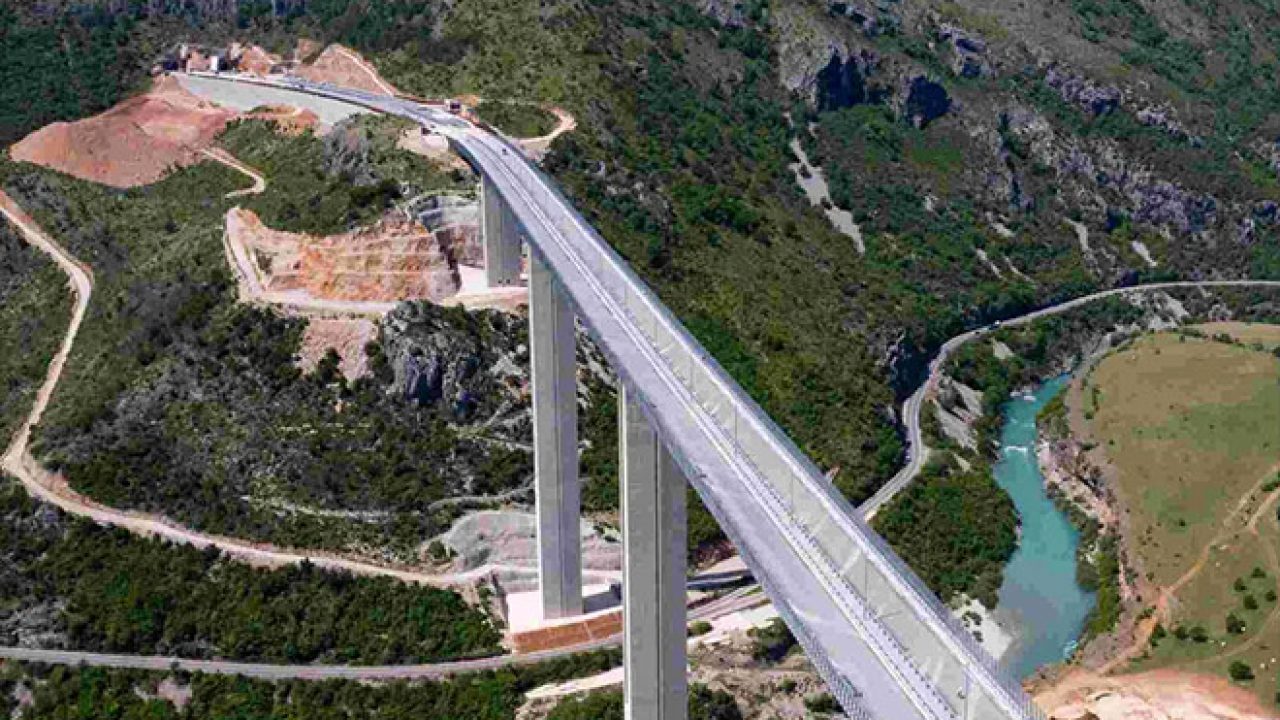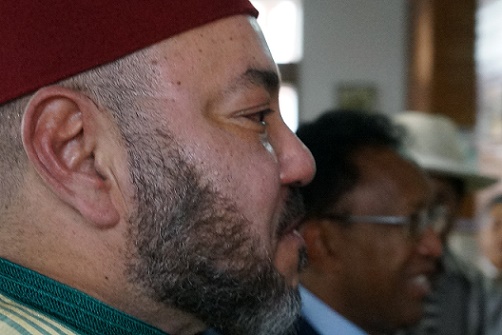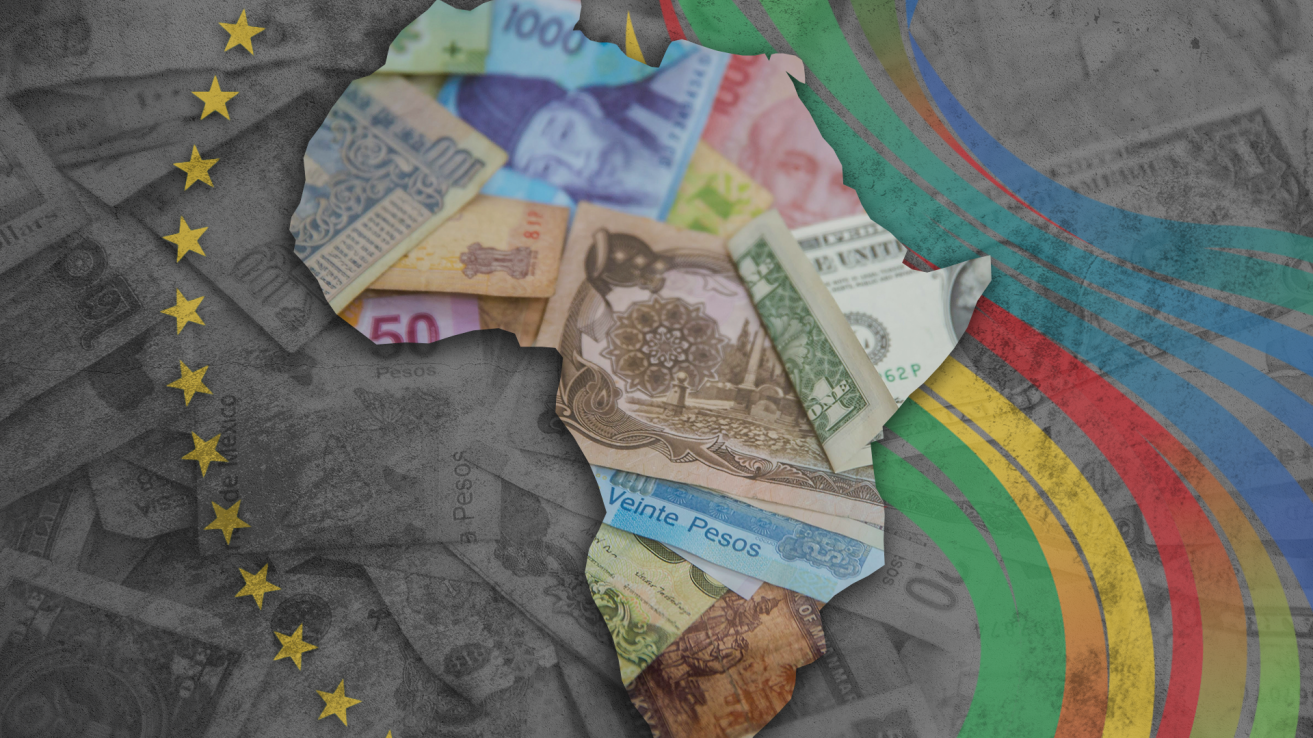As world leaders gathered in Beijing for China’s Belt and Road Initiative (BRI) forum this week, analysts see China as making a renewed focus of its development drive on poorer countries in the global south, notably in Africa, as the country’s relations with the West become increasingly frosty.
China’s financial support for projects in nearly every corner of the world has translated into increased influence on the world stage, even as Western countries became increasingly skeptical of — and choose to stay away from — the BRI. Still, China has reportedly inked over 200 BRI cooperation agreements with more than 150 countries and 30 international organizations.
According to research paper published recently by Boston University, China has provided about $331bn to recipient countries between 2013 and 2021, but “many of the recipients of Chinese finance are subject to significant debt distress”.
China has also spent about $240bn bailing out countries struggling with their BRI debts, according to separate research published earlier this year. Karuti Kanyinga, a research professor at the University of Nairobi, cites the case of Kenya, whose “largest creditor today is China.” “We are paying through the nose and most of our earnings are actually going to paying Chinese loans and that is not going to be sustainable,” he warns.
But a trade war with the US, Russia’s war in Ukraine, a COVID pandemic and slowing economic growth in China have in recent years dragged on China’s development ambitions. Experts say that BRI financing has now been increasingly focused on smaller projects, with specific aims relating to social or political goals. That is a shift that is also prompted by borrowers who are increasingly concerned about ending up in situations of unmanageable debts or infrastructure projects.
In Africa, China’s influence has been steadily growing since BRI’s launch, says Samir Bhattacharya, a senior research associate at Vivekananda International Foundation. At present, all but one country in Africa are part of the BRI, but after reaching its peak in 2016, Chinese loan volume in Africa steadily decreased, by 37% between 2017-2019 and 2020-2022. In light of this, Bhattacharya calls for a factual review of China’s recent economic interactions with Africa that would help to analyze the current trend and forecast some outcomes for Africa from the recent BRI and beyond.



